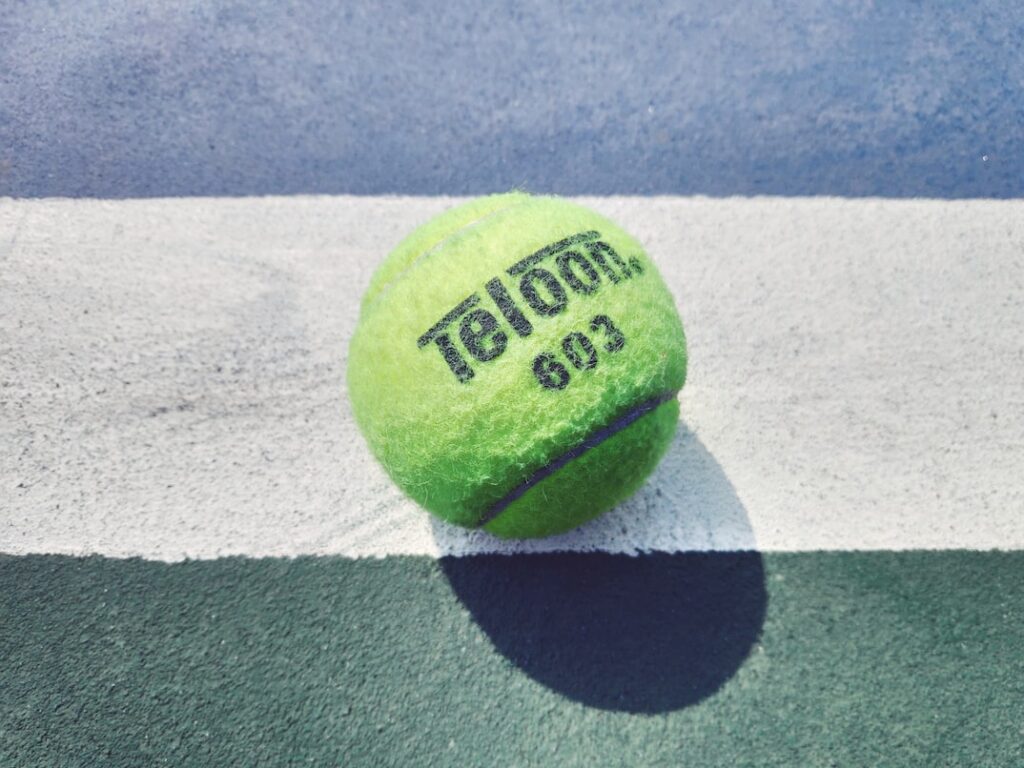Winning Strategies: How to Decode Your Opponent’s Serve and Control the Game in Padel.
3 min read
Winning Strategies: How to Decode Your Opponent’s Serve and Control the Game in Padel
Greetings, fellow padel enthusiasts! Today, we are going to delve into the secrets of decoding your opponent’s serve, a skill that can truly turn the tide in your favor on the padel court. Padel is a game of strategy and wit, but deciphering your opponent’s serve can give you a powerful advantage. So, let’s dive right in and uncover the winning strategies to decode your opponent’s serve and control the game!
1. Observe and Analyze
The first step in reading your opponent’s serve is to keenly observe their stance, grip, and body language. Each player has their own serving style, and these visual cues can offer valuable insight into their intentions. Is your opponent adopting a wide stance? Are they slightly leaning towards one side? Pay attention to these subtle hints as they can give away their serving direction.
2. Follow the Toss
Another key aspect to focus on is your opponent’s toss. The toss is a critical part of any serve, and by closely tracking it, you can predict the flight path of the ball. Keep a sharp eye on the height, direction, and speed of the toss, and mentally project where it will likely land. This anticipation will allow you to position yourself better and react swiftly.
3. Watch for Racket Face Angle
The racket face angle during the serving motion serves as a treasure trove of information. Take note of whether your opponent’s racket face is open or closed as they hit the ball. An open face typically indicates a cross-court serve, while a closed face suggests a straight serve. By paying attention to this crucial detail, you can prepare yourself beforehand to return the serve with precision.
4. Read Ball Spin
Now, let’s talk about the spin of the ball. The type of spin your opponent imparts on the ball during their serve can reveal their intentions. Observe the rotation of the ball closely as it approaches you. A topspin serve will typically result in a higher bounce, while a slice or cut serve will create a lower bounce with more side movement. Understanding the spin will help you adjust your positioning and timing accordingly.
5. Mental Gamesmanship
While decoding your opponent’s serve, it’s important to remember that they may also be trying to deceive you. Some players intentionally mix up their serves to throw their opponents off-balance. So, be prepared for occasional “curveballs” and don’t become too reactive. Stay focused, trust your observation skills, and be ready to adjust your strategy if needed.
And there you have it – a comprehensive guide to reading your opponent’s serve in padel. By mastering these techniques, you will gain an unparalleled edge in controlling the game. Remember, practice makes perfect, so head out onto the padel court, put these strategies into action, and watch your game soar to new heights.
See you on the padel court, fellow padel aficionados!







